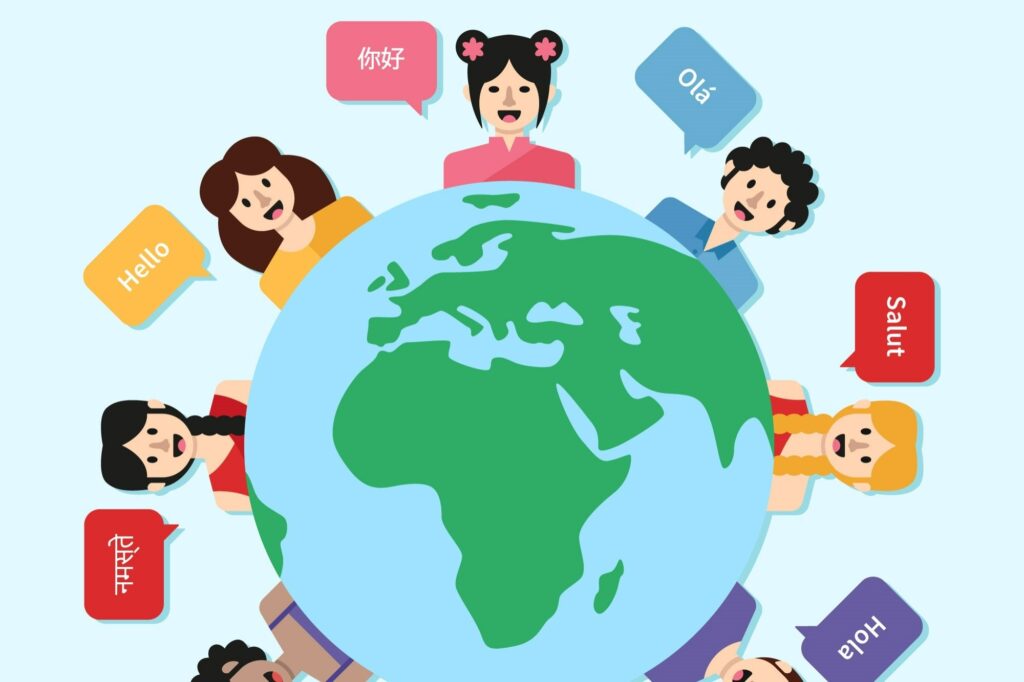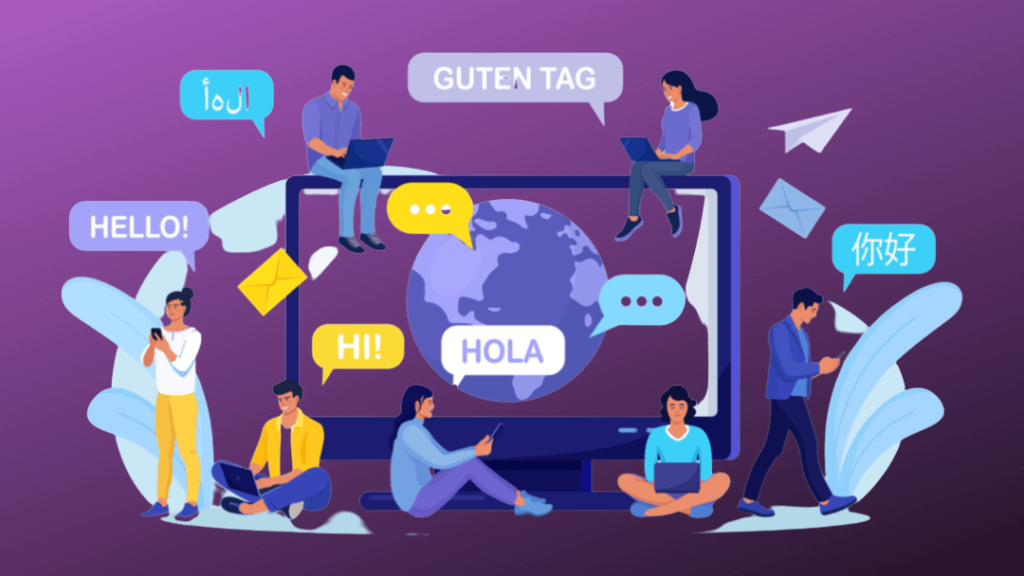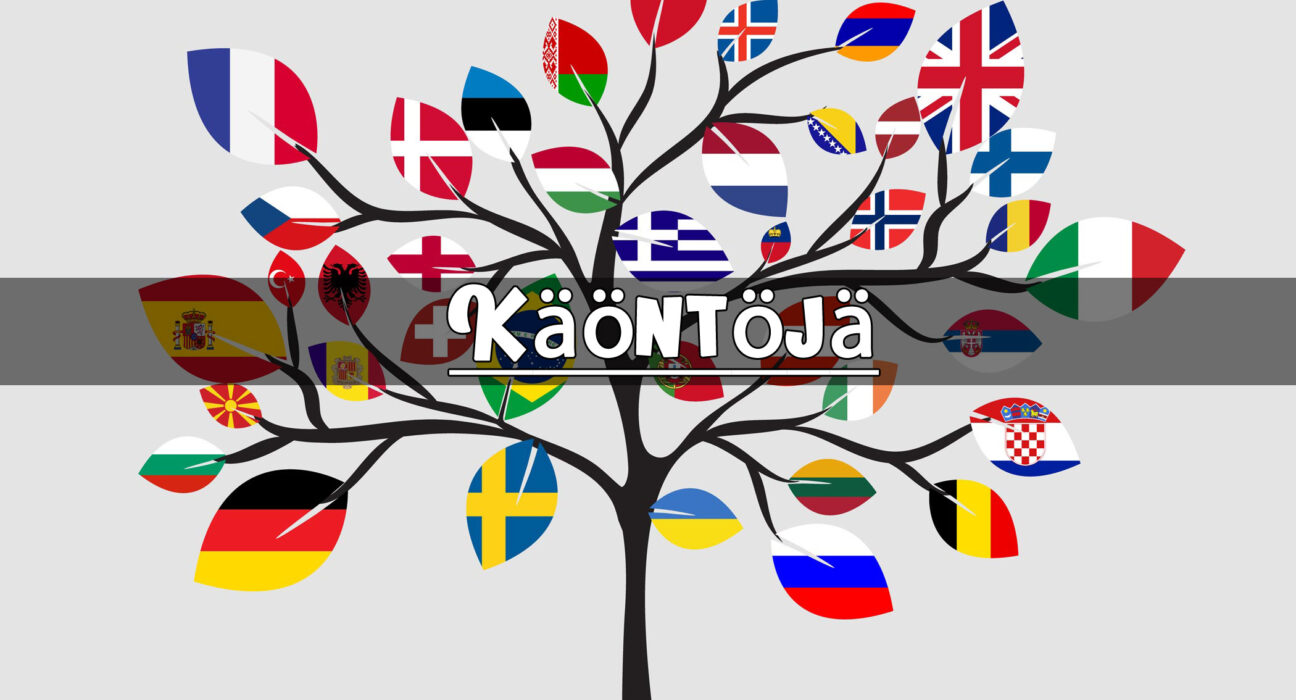In today’s globalized world, the power of language is undeniable. Every day, millions of people and businesses bridge gaps through translation. But how does it all work? Let’s dive into the world of translation and Käöntöjä, a cutting-edge technology reshaping this space.
Understanding translation isn’t just about converting one language to another. It’s about capturing essence, emotion, and cultural nuances. When you grasp the intricacies of translation, you unlock doors to new markets, audiences, and opportunities.
In the digital age, technology plays a pivotal role. Advances in artificial intelligence and machine learning have revolutionized how we approach translation. These technologies ensure that translations are not only accurate but also culturally sensitive and contextually relevant.
This groundbreaking tool has redefined the boundaries of what we once thought possible in the translation realm. With its help, businesses and individuals can achieve multilingual success faster and more efficiently.
So, if you’re eager to step into the world of multilingualism, you’re in the right place. This guide will serve as your roadmap. We’ll explore the ins and outs of translation, delve into the latest technologies, and unveil the magic of Käöntöjä. Your journey to multilingual success starts now. Join us as we demystify translation for you.
The Basics of Translation

At its core, translation is the art of converting text or speech from one language to another. It’s not just about swapping words; it’s about conveying meaning, intent, and emotion from the source language into the target one. Imagine a bridge that connects two distinct cultures, ensuring understanding on both sides. That’s the essence of translation.
Now, while the foundational concept remains consistent, the tools and techniques we employ have evolved. Enter Käöntöjä. This innovative technology has enhanced the efficiency and accuracy of translations, proving that the merger of human expertise and modern tech can produce impressive results.
However, successful translation also requires a deep understanding of both cultures involved. It’s vital to grasp the nuances, idioms, and contexts to ensure the message remains intact. This is why human translators, even with the support of technologies like Käöntöjä, remain crucial in the process.
Translation is a delicate balance of language, culture, and technology. It’s about ensuring that messages traverse language barriers without losing their essence. With the right tools and expertise, the world becomes a smaller, more connected place.
Understanding Language and Culture With Käöntöjä

Language is more than just words and grammar; it’s a reflection of culture, history, and shared experiences. Each language carries with it the essence of its people, their stories, and their worldview. This intricate relationship between language and culture poses a unique challenge when it comes to translation. It’s not enough to understand the linguistic elements; one must also grasp the cultural undertones.
Käöntöjä, in this context, emerges as a beacon of hope. This cutting-edge technology goes beyond mere word-to-word translation. It dives deep into the nuances, capturing the subtle hints and contexts that are often missed by conventional tools. By integrating advanced algorithms and deep learning, it offers a holistic approach, considering both language and cultural insights.
Recognizing the importance of this cultural fidelity is paramount. It ensures that the translated content resonates with the target audience, fostering genuine connections and understanding. A mere linguistic conversion can lead to misinterpretations or even cultural faux pas. But with tools that prioritize the harmony of language and culture, we step closer to a world where communication flows seamlessly across borders.
Types of Translation
Translation spans a vast array of disciplines, each requiring a unique set of skills and knowledge. Here’s a breakdown of some prominent types of translation:
- Literary Translation: This involves translating literature like novels, poems, and plays. It demands not only linguistic expertise but also the ability to capture style, tone, emotion, and cultural nuances.
- Technical Translation: This pertains to texts like manuals, product descriptions, and user guides. It requires a deep understanding of the specific industry and its terminology.
- Medical Translation: This deals with medical documents, research papers, patient records, and drug information. Precision and knowledge of medical jargon are crucial.
- Legal Translation: This focuses on translating legal documents such as contracts, agreements, patents, and court documents. Accuracy and understanding of legal terminologies across cultures are essential.
- Financial Translation: This involves translating financial documents like reports, statements, and audits. It demands familiarity with financial terms and industry standards.
- Business Translation: This includes business correspondence, reports, memos, and other corporate documents. It often requires a general understanding of business jargon and practices.
- Website Translation: This ensures that websites cater to various linguistic audiences, ensuring content remains culturally relevant and engaging.
- Audiovisual Translation: This covers the translation of multimedia content, such as films, TV shows, and video games. Subtitling and dubbing are common methods in this domain.
- Certified Translation: Some official documents like immigration papers, academic transcripts, and birth certificates require certified translation, where a translator vouches for the accuracy of the translation.
- Interpretation: Though not strictly ‘translation’ in the written sense, interpretation involves translating spoken words, often in real-time. Examples include simultaneous and consecutive interpreting.
The Translator’s Toolkit
A professional translator is much like an artisan, and just as craftsmen rely on their tools to produce masterpieces, translators lean on their toolkit to deliver impeccable translations. Let’s delve into the essentials that make up a translator’s toolkit:
- Translation Memory (TM): This software stores translated segments (sentences or phrases) so that they can be reused in future projects. It increases efficiency, ensures consistency, and often speeds up the translation process.
- Computer-Assisted Translation (CAT) Tools: These help break down texts into manageable segments, usually sentences. They display the source and target texts side by side, streamlining the process. Examples include Trados and MemoQ.
- Käöntöjä: An emerging powerhouse in the world of translation technology, Käöntöjä offers robust machine translation capabilities. Its sophisticated algorithms consider context, ensuring more accurate and culturally sensitive translations.
- Glossaries: These are lists of terms specific to a certain domain or project, along with their approved translations. Maintaining a glossary ensures consistency, especially in large projects or ongoing collaborations.
- Dictionaries and Thesauri: Traditional language references are still vital. Online versions, such as Oxford or Merriam-Webster, often provide detailed explanations, synonyms, antonyms, and usage examples.
- Terminology Databases: These are comprehensive databases that house terms from specific fields or industries, providing translators with accurate translations for niche or specialized terms.
- Integrated Resources: Apart from its core translation function, Käöntöjä offers access to integrated linguistic resources. These enhance a translator’s work by offering context-driven insights and suggestions.
- Proofreading Tools: Software like Grammarly or Hemingway assists in detecting grammar, punctuation, or style issues, ensuring that the translated text is polished to perfection.
- Voice Recognition Software: For those who find it easier to translate orally, tools like Dragon NaturallySpeaking can convert spoken words into written text, aiding the translation process.
- Collaboration Platforms: Tools like Trello or Slack can be pivotal when working in teams, streamlining communication, and ensuring that all members are aligned.
The Translation Process

Translation is not a mere act of replacing words from one language to another. It’s a structured process that ensures accuracy, cultural relevance, and context preservation. Here’s a brief overview of this intricate process:
- Analysis: Before diving into translation, it’s crucial to understand the document’s content, intent, and target audience. This step helps determine the tone, style, and approach.
- Glossary Creation: For specialized or recurring projects, creating a glossary of terms can be invaluable. It ensures consistent terminology throughout the text.
- Translation: With a clear understanding of the task at hand, the actual translation begins. Here, translators might use tools, from dictionaries to advanced software. Käöntöjä, for instance, offers machine translation assistance, allowing translators to work more efficiently without sacrificing quality.
- Review & Editing: After the initial translation, it’s vital to review the text for accuracy, fluency, and cultural appropriateness. This might involve a second translator or editor.
- Proofreading: This final step ensures the text is free from grammatical, punctuation, or stylistic errors, guaranteeing a polished end product.
Challenges in Translation
- Cultural Nuances: Language is intertwined with culture. Translators often grapple with expressing cultural concepts that might not exist in the target language or might be interpreted differently.
- Idiomatic Expressions: Idioms, sayings, and proverbs can be tricky to translate as they often lose their meaning or essence when directly translated.
- Technical Terminology: Specific industries have specialized terms. A deep understanding of the domain is essential to ensure accurate translation.
- Maintaining Flow and Naturalness: Achieving a translation that reads naturally in the target language while preserving the original meaning is challenging.
- Multiple Meanings: Words that have multiple meanings based on context can pose a challenge. Determining the right interpretation is crucial.
- Limitations: While Käöntöjä offers advanced translation capabilities, it’s not infallible. Over-reliance can lead to errors, especially in complex or nuanced texts.
- Short Deadlines: Often, translators face tight timelines, making it challenging to produce quality work quickly.
- Consistency: Maintaining consistent terminology and style across long texts or multiple projects can be demanding.
- Formatting Issues: Some translations might expand or contract in length, leading to potential layout or design challenges.
- Adapting to New Tools: The translation world is ever-evolving. Adapting to tools, including sophisticated ones like Käöntöjä, requires continuous learning and updating of skills.
These challenges underscore the importance of expertise, experience, and the right tools in the translation realm. A skilled translator, equipped with advanced resources, can navigate these hurdles effectively.
Frequently Asked Questions
What’s the difference between translation and interpretation?
Translation deals with written text, converting it from one language to another, while interpretation focuses on real-time spoken language conversion.
How do I ensure the quality of a translation?
Ensure your translator is experienced, uses reputable tools, and understands the specific domain. It’s also beneficial to have the translated work reviewed by a second professional.
Can machine translation replace human translators?
While machine translation tools, like Käöntöjä, offer impressive capabilities, human translators are essential for understanding context, cultural nuances, and ensuring high-quality output. Machines aid the process but can’t fully replace human expertise.
How are translation rates determined?
Translation rates can be based on word count, project complexity, domain expertise required, and urgency. Some translators also charge per hour or page.
Why is it crucial to consider culture in translation?
Culture influences language. To convey messages accurately and avoid misunderstandings, it’s essential to grasp cultural nuances, idioms, and the intent behind the original text.
Unlocking the Secrets of Seamless Communication

To wrap things up, understanding translation is key in our globalized world. It bridges divides. It fosters understanding. With tools like Käöntöjä, we can now harness technology to enhance human expertise. Yet, remember it’s the blend of skill, context, and culture that truly makes translation shine. As we move forward, let’s celebrate the art and science of translation. It indeed holds the power to connect us all. Dive in. Explore. And unlock a world without linguistic barriers.
People Also Searched For
- Tag After School APK
- Ultra Panda 777 Download
- Play777Games
- Veetėjas
- Bertėjas
- Iganiny
- Käntäjää
- Iversær
- Trails Carolina Horror Stories
- Käämyäjä
- Bench Craft Company Lawsuit
- Taiwan Self-Driving Gharry
- Hüriyer
- Home Security ServLeader
- Milḫu
- Unblocked Games Premium
- HQpotner
- Pépico
- Timbiguer
- Fastdl
- Kääntäh
- Inter Milan VS FC Porto Timeline
- Basketball Stars Unblocked
- Käämtäjä
- Instanavigation
- Blooket Join
- Ovestæ
